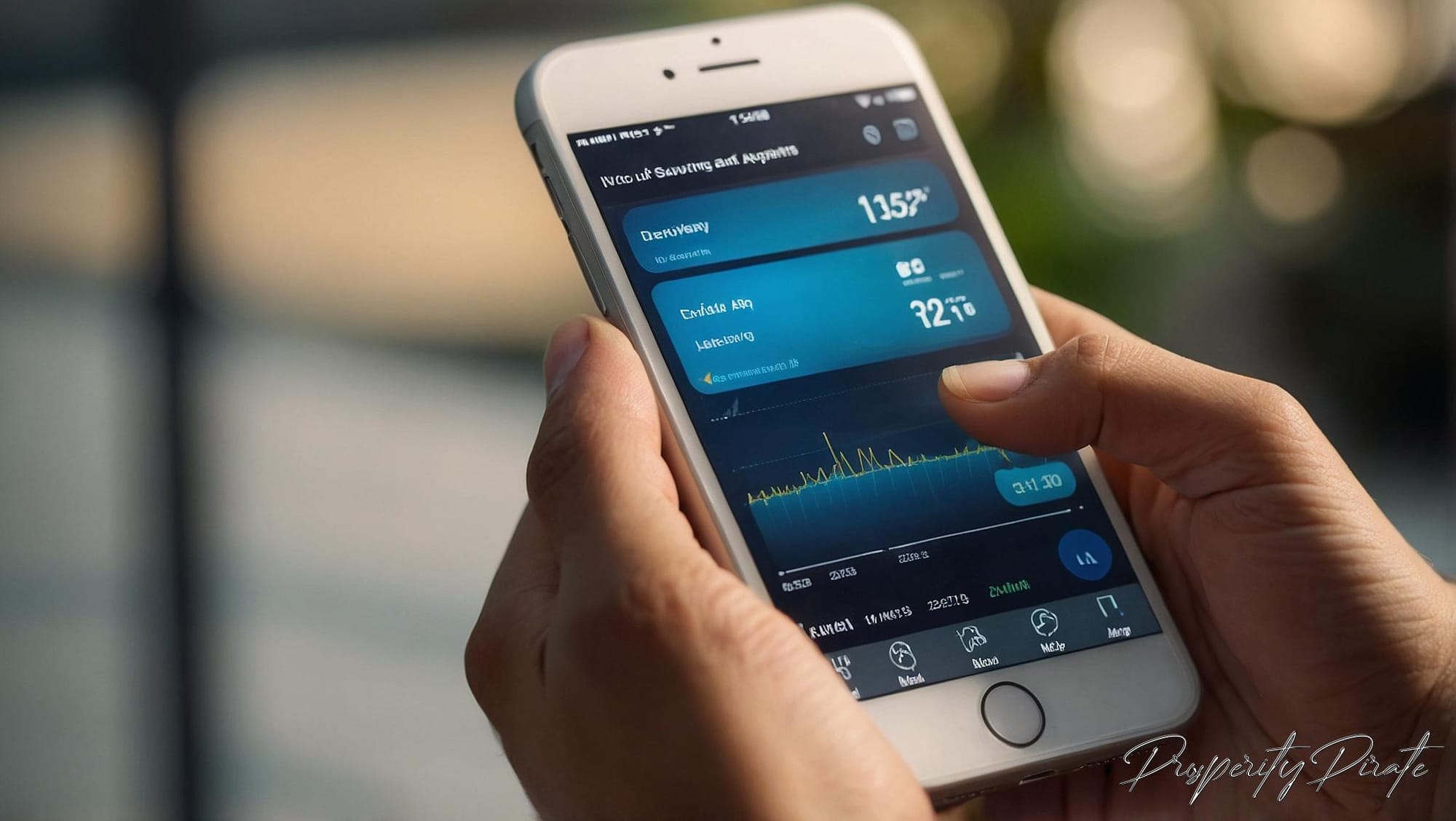Leveraging Behavioral Economics to Enhance Personal Financial Decision-Making
Learn how behavioral economics can improve your finances by understanding cognitive biases and using strategies like automation and technology. Make informed decisions and build healthy financial habits for a better financial future.


Have you ever wondered why, despite your best intentions, you sometimes make less-than-ideal financial decisions? The answer may lie in the intriguing field of behavioral economics. By understanding how cognitive biases and heuristics influence our choices, we can make more informed, rational financial decisions. Let's embark on this journey to discover how behavioral economics can enhance your personal finances.

Understanding Behavioral Economics
Behavioral economics combines insights from psychology and economics to explain why people make irrational financial decisions. It highlights how cognitive biases, mental shortcuts, and emotional responses can lead us astray. By being aware of these factors, we can develop strategies to counteract them.
Recognizing Common Financial Biases
Several biases can negatively impact our financial decisions. For example, loss aversion makes us fear losses more than we value gains, leading to overly conservative investing. Anchoring, where we rely too heavily on the first piece of information we encounter, can skew our perception of an investment's value. The sunk cost fallacy leads us to continue investing in losing endeavors due to the amount already invested.

Implementing Behavioral Strategies for Better Financial Outcomes
To counter these biases, consider setting default options for savings and investments. For example, automate your savings so that a portion of your income is transferred to a savings account or investment fund every month. Utilizing nudges, small changes in your financial environment, can significantly impact your choices. For instance, placing reminders in visible areas can nudge you towards better financial habits.
Building Financial Habits Through Behavioral Techniques
Creating and maintaining healthy financial habits can be achieved using techniques such as automatic deductions and commitment devices. Establish habit loops with specific rewards to reinforce good behavior. For instance, reward yourself for saving a certain amount each month to build a positive reinforcement cycle.
Utilizing Technology for Behavioral Finance
Modern technology offers various apps and tools that incorporate behavioral economics principles. Apps that use gamification elements and goal-setting frameworks can make saving and investing more engaging and effective. Features like progress tracking and social comparisons can also motivate you to stick to your financial goals.

The Role of Social Norms in Financial Behavior
Understanding social norms can also positively influence your financial decisions. By aligning your choices with long-term goals and leveraging social proof, you can create a supportive environment for financial success. Peer influence and shared objectives can make it easier to maintain discipline in your financial endeavors.
Analyzing Financial Decision-Making Processes
Lastly, regularly reflect on and analyze your financial decision-making processes. Practicing mindfulness and self-assessment can help you identify patterns and areas for improvement. By actively improving your financial habits, you can achieve more rational and beneficial outcomes.
If you have any questions or feedback, feel free to email us at [email protected]
Charting Your Financial Course, Clark Balan

